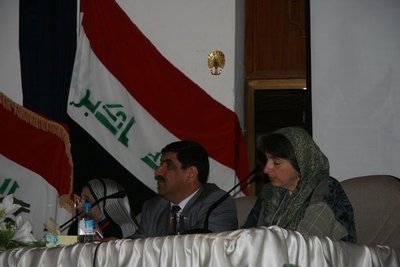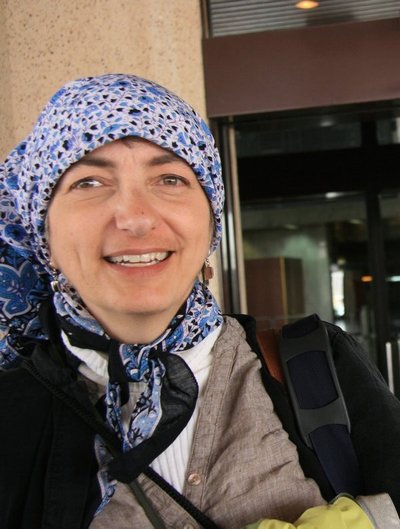February 25, 2010
Childhood leukemia rates climb in southern Iraq
Childhood leukemia rates have more than doubled over the past 15 years in the southern Iraq province of Basrah, according to the study, “Trends in Childhood Leukaemia in Basrah, Iraq (1993-2007),” published online Feb. 18 in the American Journal of Public Health.
The authors, three of whom are from the UW, say they hope their calculations can now pave the way for an investigation into reasons why the rates have climbed so high, and why they are higher than found in nearby Kuwait, or in the European Union or the United States.
The study documents 698 cases of leukemia for children aged 0-14 during the 15-year period, with a peak of 211 cases in 2006. Younger children had higher rates than older ones.
“By using a hospital cancer registry, we were able to measure a jump in leukemia rates from 3 per 100,000 youngsters in the first part of our study period, to a rate of almost 8 and a half in the final three years,” said UW Department of Global Health faculty member Amy Hagopian, the paper’s lead author.
By comparison, Hagopian said, the European Union and the United States report rates of 4 and 5 per 100,000, respectively. She also noted Kuwait reports a rate of approximately 2 per 100,000 and Oman reports rates between 2 and 3 per 100,000, depending on the gender of the child. Boys typically have higher rates, as do children from higher socio-economic classes.
“Studying childhood diseases in war situations is difficult,” Hagopian noted. “Aside from the normal difficulties of controlling for referral patterns changes caused by war-time conditions, the political situation is also challenging. We were constantly worried about the political risks our medical colleagues were taking by collecting and reporting these data.”
Another author of the paper, UW Department of Epidemiology Chair Scott Davis, noted, “Another challenge was securing population data for purposes of calculating rates.” He said census data were not collected after the U.S. invasion of Iraq and population patterns were thought to be disrupted by migration patterns, as well. Study authors say they used the most conservative assumptions available, so as not to overstate their findings.
The study was conceived by faculty at the UW and two Iraqi universities — Mustansiriya University in Baghdad and Basrah University — as well as the Fred Hutchinson Cancer Research Center in Seattle and Simon Fraser University in British Columbia. The authors formed an ongoing partnership to support public health in Iraq after the 2003 U.S. invasion.
During the period studied, Basrah and its highly populated surrounding area, which includes farmland and oil fields, became a battleground, pummeled by three consecutive wars, including the Iran-Iraq war in the 1980s, the first U.S. invasion in 1991 and the second U.S. invasion in 2003.
The researchers now seek to understand the cause of Iraq’s increased rate of child leukemia by conducting a case-control study to compare children who got leukemia with those who did not. That sort of study allows researchers to see if there were differences in exposures between the cases and the controls.
Some increased exposures related to child leukemia could include the byproducts of regional petroleum fires and benzene, which comes from gasoline sold by children at the side of the road as a result of disrupted fuel supplies, war-related nerve agents and pesticides, and the widespread use of depleted uranium munitions.
This study received widespread coverage around the world, including The Times of London, Business Week, Emerging Health Threats Forum, FoxNews, and Sueddeutsche Zeitung, Germany’s leading newspaper with a daily readership of more than one million readers. The story was called, “Nach dem Krieg kam der Krebs,” or “Cancer is What War Left.”


